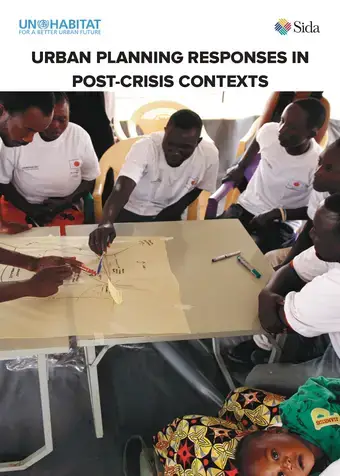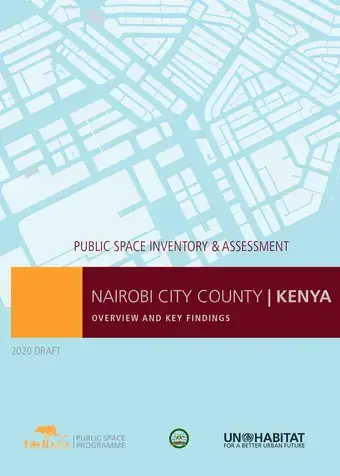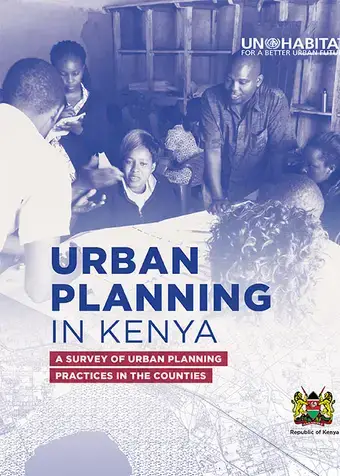 Kisii, Kenya: The stakeholders in solid waste management in Kisii town, Kenya, provided inputs to the draft long term strategy for solid waste management in the town. The strategy was prepared UN-Habitat in consultation with Kisii town authorities. The Strategy Document is one of the three outputs under the ongoing UN-Habitat and Kisii County Project.
Kisii, Kenya: The stakeholders in solid waste management in Kisii town, Kenya, provided inputs to the draft long term strategy for solid waste management in the town. The strategy was prepared UN-Habitat in consultation with Kisii town authorities. The Strategy Document is one of the three outputs under the ongoing UN-Habitat and Kisii County Project.
Nairobi City County: Public Space Inventory and Assessment
Kenya’s Kisii Town validates Draft Solid Waste Management Strategy
UN-Habitat and Kenya’s Makueni county sign pledge to empower youth and improve lives
10 January 2019, Nairobi, Kenya – UN-Habitat and Kenya’s County Government of Makueni have signed a Memorandum of Understanding (MoU) to empower youth and women, improve planning, provide housing and basic services among other issues.
The MoU was signed by Professor Kivutha Kibwana, Governor of Makueni County and Ms. Maimunah Mohd Sharif, Executive Director of UN-Habitat after a year of discussions.
UN-Habitat and the County Government of Vihiga support capacity and skills development for women and youth
 Nairobi, 19 December 2018 – UN-Habitat and the County Government of Vihiga in Kenya have signed a Memorandum of Understanding (MoU) to support capacity and skills development for women and youth through youth empowerment and economic opportunity. It provides a framework for UN-Habitat and the County Government of Vihiga to promote sustainable human settlements development in Vihiga County.
Nairobi, 19 December 2018 – UN-Habitat and the County Government of Vihiga in Kenya have signed a Memorandum of Understanding (MoU) to support capacity and skills development for women and youth through youth empowerment and economic opportunity. It provides a framework for UN-Habitat and the County Government of Vihiga to promote sustainable human settlements development in Vihiga County.
Maimunah Mohd Sharif on Blue Economy Conference: Local governments have to play a role to ensure we achieve sustainability
The UN-Habitat Executive Director Ms.Maimunah Mohd Sharif speaking during the Governor and Mayors’ Convention on the second day of the Sustainable Blue Economy Conference 2018 being held at the Kenyatta International Convention Centre (KICC) Nairobi
UN-Habitat joins Mombasa residents for World Cleanup Day
Mombasa, Kenya 18 September 2018--UN-Habitat Executive Director, Maimunah Mohd Sharif, joined hundreds of Mombasa residents to take part in a clean up campaign to mark World Cleanup Day. The worldwide event saw millions of people in over 150 countries joined hands as part of the Let’s Do It movement to clean up the world.


